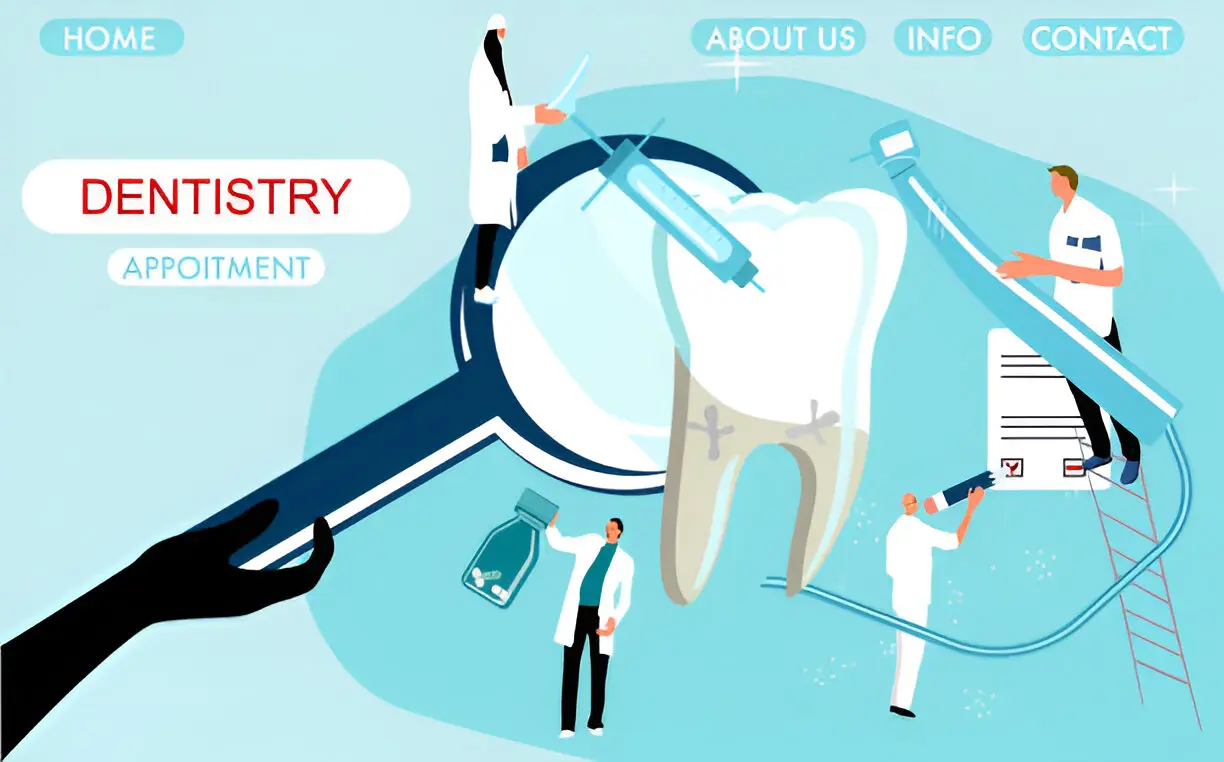Dental restorations have come a long way, offering many options to repair or enhance teeth. Whether you have a cavity, a chipped tooth, or decay, understanding modern dental restoration can help you make informed decisions about your oral health. This guide provides a simple overview of what dental restoration involves, especially if you’re exploring treatment options.
What Is Dental Restoration?
Dental restoration involves procedures that restore the function, shape, or appearance of damaged teeth. Treatments range from simple fillings to full-mouth reconstructions, aiming to return your teeth to their natural state—or better.
Common types of dental restorations include:
- Fillings for small areas of decay
- Crowns to cover and protect weakened teeth
- Bridges to replace missing teeth
- Implants for permanent tooth replacement
- Dentures for multiple tooth replacements
Patients benefit from modern dental technology and personalized treatment plans. Dental restoration typically starts with a full assessment to find the best solution.
When Do You Need a Dental Restoration?
Many people wait until they’re in pain before seeking help, but there are often earlier signs that a dental restoration may be needed. These include:
- Tooth sensitivity
- Visible cracks or chips
- Discoloration or staining
- Frequent toothaches
- Difficulty chewing
Ignoring these signs can lead to more complicated procedures later. Early detection helps prevent tooth loss and keeps your smile intact. Seeking care promptly ensures timely, less invasive treatment.
Benefits of Modern Dental Restorations
Modern dental restoration procedures are not only more effective but also more comfortable and natural-looking than in the past. Some key benefits include:
- Improved Function: You can bite, chew, and speak more comfortably.
- Enhanced Aesthetics: Many restorations match the color and shape of your natural teeth.
- Longevity: With proper care, modern materials can last for many years.
- Better Oral Health: Restorations prevent further decay and protect surrounding teeth.
Choosing dental restoration allows you to benefit from personalized care, ensuring the restoration blends seamlessly with your natural smile.
What to Expect During a Restoration Procedure
If you’ve never had a dental restoration, it’s normal to feel nervous. Most procedures are relatively straightforward and involve the following steps:
- Initial Exam – Your dentist examines your mouth and may take X-rays.
- Treatment Planning – A customized plan is created based on your dental needs.
- Numbing – Local anesthesia ensures you stay comfortable throughout.
- Treatment – The dentist removes decay, reshapes the tooth if needed, and applies the restoration.
- Aftercare – Instructions will be given on how to care for your new restoration.
Modern clinics use the latest tools and materials, making the experience quicker and more efficient. Most patients are surprised at how smooth the process can be.
Caring for Your Dental Restoration
Proper aftercare is essential to ensure your restoration lasts. While materials are durable, they still require good hygiene and regular maintenance.
Tips to protect your restoration include:
- Brush twice daily using a soft-bristle toothbrush
- Floss gently around the restored area
- Avoid chewing on hard objects like ice or pens
- Limit sugary snacks and drinks
- Visit your dentist for routine checkups
These steps can extend the life of your restoration and lower the chances of needing another procedure. Your provider for dental restoration in Carencro, LA can also give personalized care tips for your treatment.
Conclusion
Modern dental restorations offer functional and aesthetic solutions, transforming oral health. From fillings to crowns, understanding your options helps you make the best choice for your smile. Working with a skilled professional ensures precise, compassionate care using advanced technology. Restorative dentistry isn’t just about repairing teeth—it’s about renewing confidence, enhancing comfort, and improving quality of life.
Also Read-What Your Mouth Says About Your Overall Health










